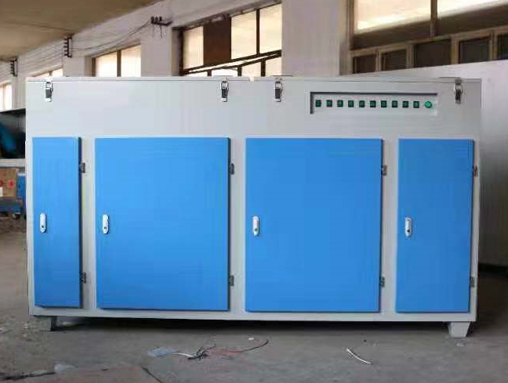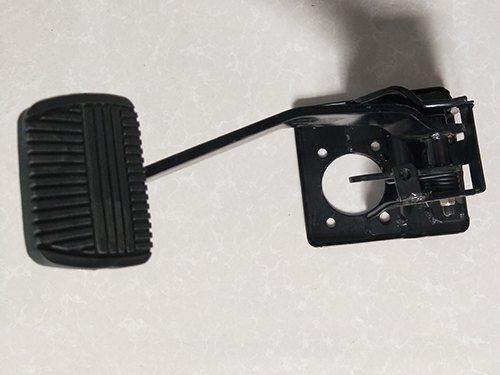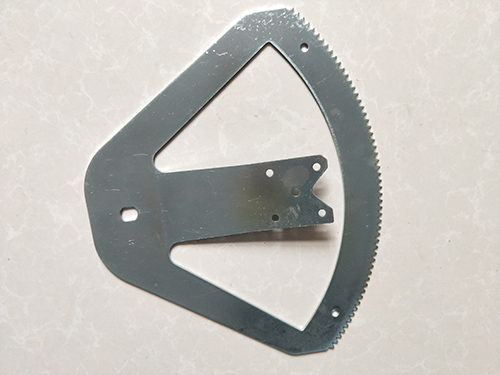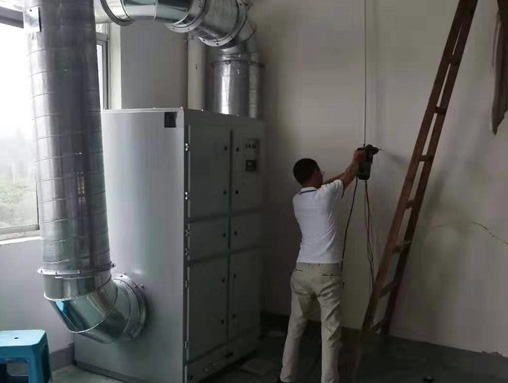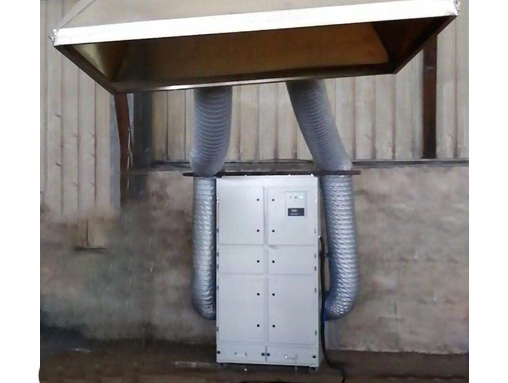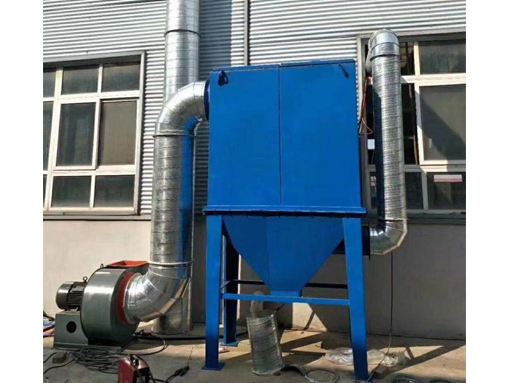Defect level and target setting stage of metal stamping parts
【1】 After the defect level of stamping parts is clarified and unified within the automotive manufacturing enterprise, the types and judgment standards of stamping part defects will have a legal basis for inspection personnel and manufacturing production personnel. At the same time, it is also more conducive to the rectification of mold problems, stamping part problems, and quality improvement, shortening the mold cycle and cost savings, thus creating good stamping parts. According to the severity of quality defects and the level of user acceptance, they can be divided into four categories: Class A, Class B, Class C, and Class D. A-class defects: defects that are unacceptable to customers and may cause complaints or hidden dangers; Surface defects that deviate significantly from theory can attract the attention of untrained customers or cause functional failures in metal stamping parts; It is unacceptable to the user, and the stamped parts will be frozen immediately upon discovery. B-class defects: Unpleasant defects that are often complained about by users and cause dissatisfaction among general users, often leading to strong demands for rework. This type of defective stamped parts is not acceptable in areas A and B of the vehicle body. Welding repair is allowed in other areas, but the repair area is difficult for customers to detect and meets the repair standards for stamped parts. C-type defect: a defect that needs improvement and may cause claims (dissatisfaction) from picky users. It is an ambiguous defect that is determined after careful inspection. This type of defect is repaired by welding and repair in areas B, C, and D, but the repair area is difficult for customers to detect and meets the repair standards for stamping parts. D-type defect: Minor defects that may cause dissatisfaction among users. (4) Criteria for determining defects in stamped parts. Common defects in stamped parts are generally divided into two categories: appearance defects and functional defects. 【2】 With the rapid development of technology in the automotive industry, the corresponding body processing technology has also changed rapidly, giving rise to many new processing technologies such as 3D printing. However, stamping processing is still the main processing technology for automotive body parts manufacturing at present. As the foundation of white body manufacturing, the precision of stamped parts determines the dimensional accuracy level of white body. Therefore, in the production of new stamped parts, quality control should be carried out at all stages of the process, including the early classification of part accuracy levels, part dimensions, and tolerances GD& The preparation of T-drawings, mid-term stamping process design, later matching verification of trial parts, and problem rectification are multiple aspects. In the new model, based on the quality target setting of the product and the benchmark results, the accuracy targets of the entire vehicle and the white body are determined, and through the calculation and analysis of dimensional engineering, the set dimensional accuracy targets are decomposed into stamped parts. Metal stamping parts; The higher the accuracy level, the greater the contribution to improving the accuracy level of the white body. However, stamping parts are built on the basis of higher mold costs and longer adjustment cycles. Therefore, reasonable stamping accuracy requirements can not only meet the precision requirements of white body, but also control costs. According to the overlapping relationship of stamped parts on the white body and the functional requirements of different features, treat all features on the stamped parts differently and assign different tolerance value requirements. Classify the characteristics of stamped parts into precision levels, including reference holes, reference surfaces, functional holes, matching surfaces, trimming lines, and process holes, assign different tolerance values, and perform GD& The setting of the T-pattern should be reflected. According to the classification of precision levels of stamping parts, guiding the processing of stamping molds can improve the first pass rate of mold processing while meeting precision requirements, reduce the number of maintenance adjustments, and shorten the mold and verification cycle.
